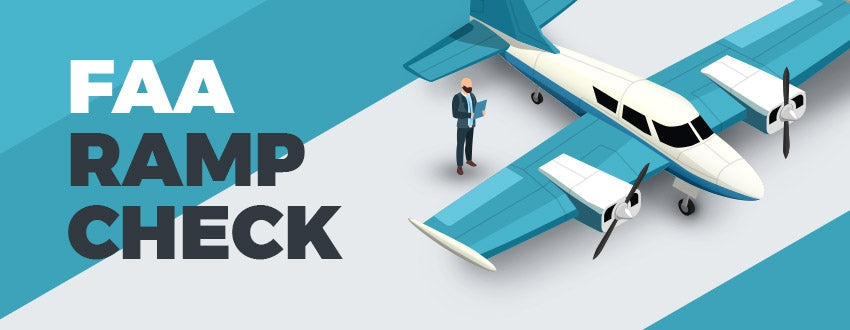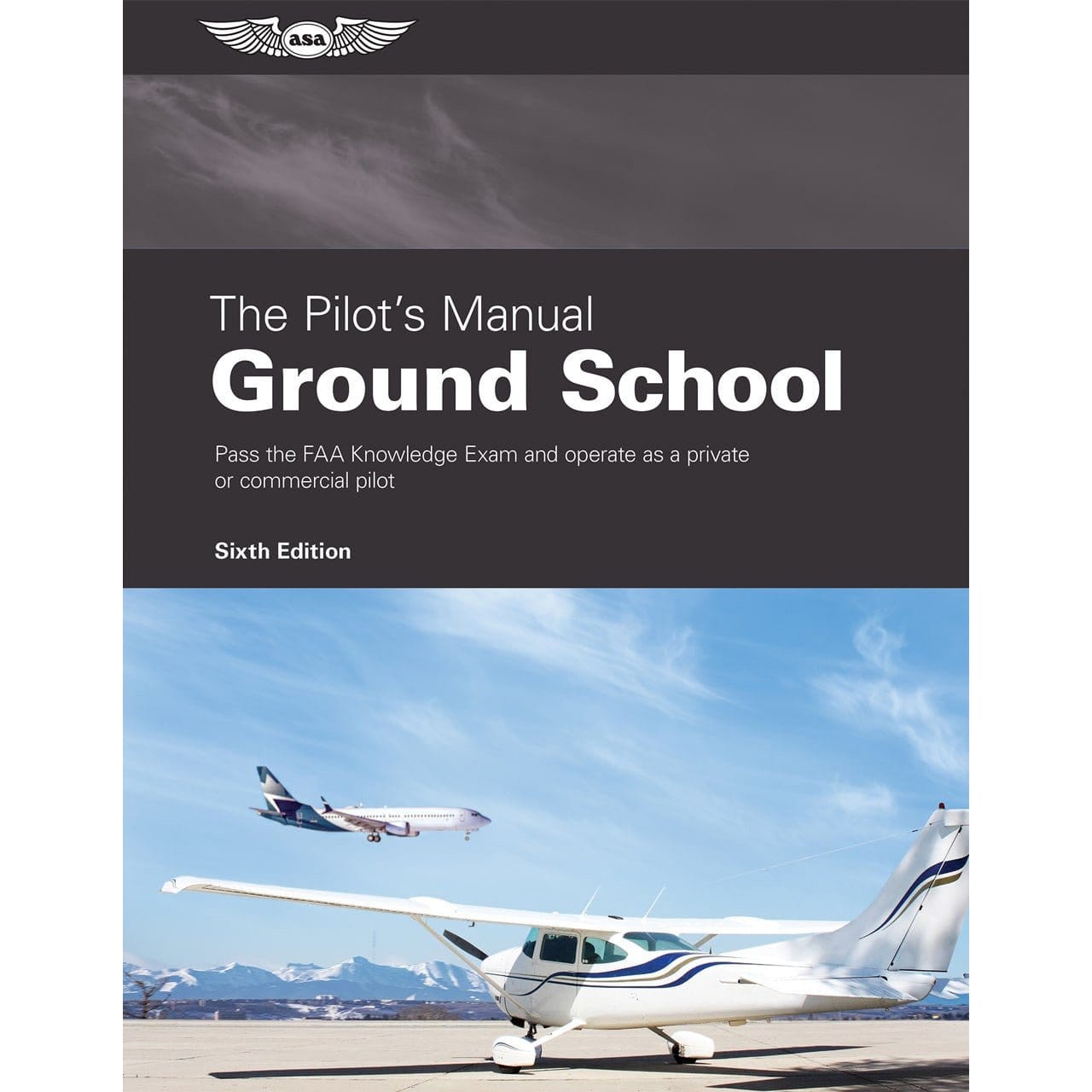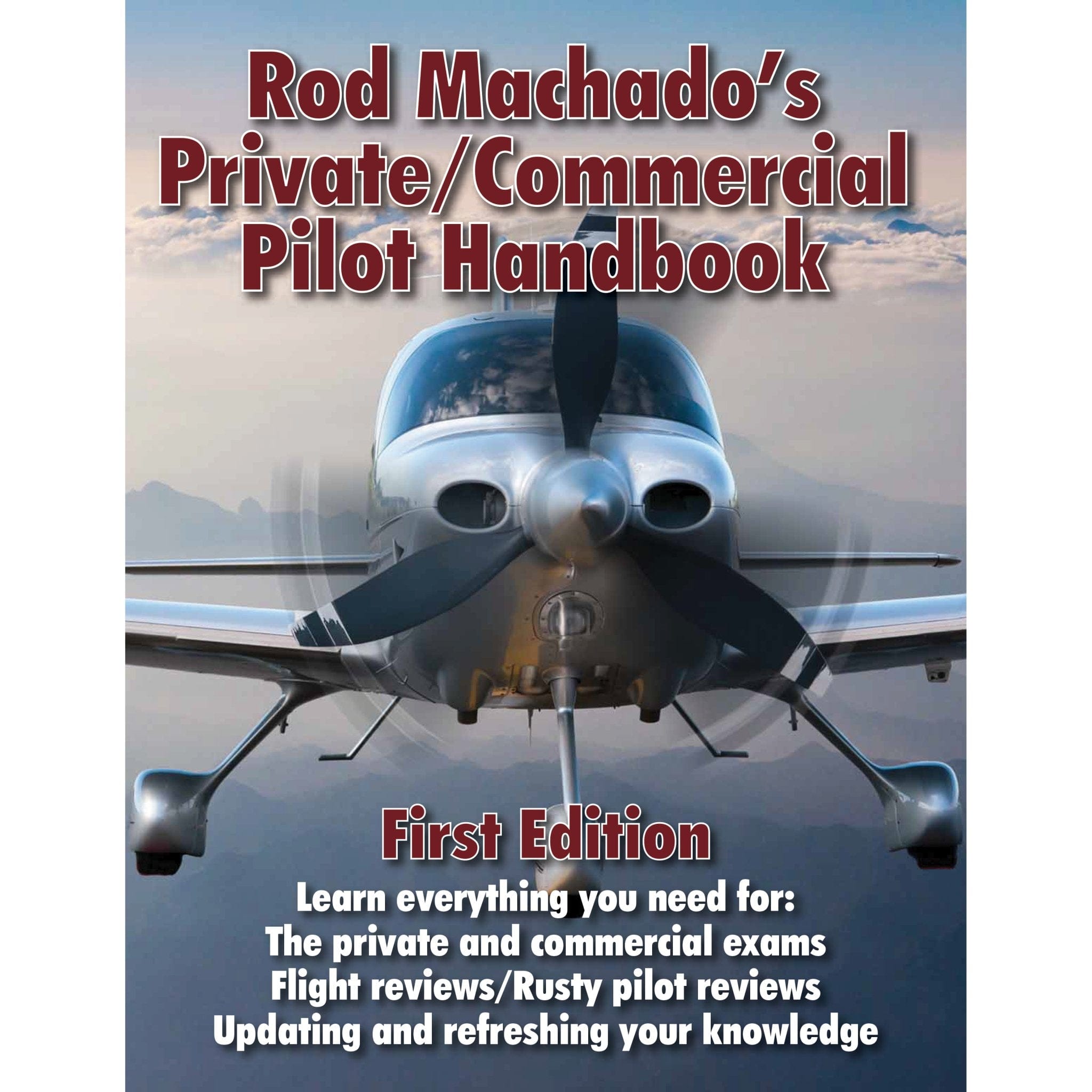A ramp check, or ramp inspection as the FAA officially refers to it as, is something many pilots dread. Of course, we all need to remember that flying is a privilege, not a right, so you can be questioned by authorities within reason. Most inspectors won’t harass you or draw out the inspection. A standard ramp check should be relatively quick and straightforward.
Today we will share some tips to give you a head start and make sure you’re aware of the 10 things you should do to prepare for and pass a ramp check.

1. Know what can trigger an FAA ramp check
Most ramp checks are simply random and are part of the FAA’s normal surveillance program. If you are selected for them, it was simply the luck of the draw. You were in the wrong place at the wrong time and happened to get selected. Lucky you!
Other ramp checks are the result of the FAA inspector witnessing or being notified of a potential violation or unsafe operation on the ramp or in the traffic pattern. These targeted checks are the types of checks you can avoid by taking some basic common-sense measures.
Always fly in accordance with the type of pilot license and medical certification you possess. Don’t be the pilot landing in IFR conditions without a current instrument rating or the pilot flying a commercial flight with a third-class medical.
Sometimes an inspector comes to the airfield specifically to inspect a certain pilot. These pre-planned inspections are usually triggered by recurring complaints, suspected violations of the FAR or are a result of a regional office or headquarters driven special emphasis program.

2. Know what to expect during a ramp check
The unknown is hard to prepare for, so it helps if you have some sort of idea what to expect if you are selected to undergo a ramp check.
The specifics of each ramp check will vary slightly depending on the inspector, your aircraft, the situation and you.
In general, expect the inspector to approach you, show you their ID and state that they would like to conduct a ramp check or ramp inspection. They will then inspect and evaluate your aircraft, you, and your paperwork.
The inspector will do the inspection, review your paperwork and ask you some questions. If everything goes smoothly, that will be it and you will be on your way. A Part 91 ramp check may be as short as 5 minutes if everything is in order. Part 121 and 135 checks will take longer and be more involved, but the overall premise is still the same.
The purpose of the check is to validate that you are in compliance with the flight rules you are operating under, that you have all the appropriate and current documentation and that your aircraft meets safety requirements.
For a detailed breakdown of what the inspector is looking for, review the FAA’s ramp inspection guide which includes access to the FAR Parts 91, 125 and 135 ramp inspection job aids.
3. Be aware of your rights during a ramp check
Some rights during a ramp check vary based on what FAR Rules you are flying under. In any case, the inspector must notify you prior to boarding your aircraft, however commercial pilots must allow the inspector access to the interior of the aircraft, while a GA Part 91 pilot is within his or her rights to decline the request.
Under Part 91, the inspector is authorized to inspect the exterior of the plane and to ask for certain documentation from the pilot but is not allowed to board and inspect the interior of the plane without the pilot’s permission.
For a Part 135 inspection, on the other hand, the inspector must be allowed complete access to the cockpit. They are even allowed to ask to ride along and conduct an enroute inspection.

4. Complete your full shutdown procedures prior to the ramp check
Safety comes first always, even and especially if an FAA inspector is waiting for you at the end of the taxiway. Although it would be easy to get distracted by the presence of an inspector, your first priority must be to properly secure your aircraft and complete full shutdown procedures at the end of your flight.
Follow the same checklist you always do and only after it is complete should you proceed with a post-flight ramp check.

5. Ask the FAA inspector for identification
When the FAA inspector approaches you for a ramp check, he or she should automatically provide proper official identification. If an individual tells you they are there to do a ramp check and they do not offer identification, it is perfectly appropriate for you to politely request to see their ID first.
If for some reason a would-be inspector is unable to produce an ID, you should decline the inspection and notify appropriate authorities.
6. Remain courteous and polite
Attitude will get you nowhere here. Although it is easy to get frustrated and irritated by being singled out for a ramp check, the fastest way through the situation is to approach it with a courteous and polite demeanor.
Treat the FAA inspector in much the same way as you would a police officer who has pulled you over for a burned-out taillight. Stay calm and professional.
Know and respect the level of authority that the inspector has and comply with reasonable requests as appropriate. If you believe the inspector is overstepping his or her authority, stand up for your rights in a measured, firm manner.

7. Respectfully advise the inspector if you have an open flight plan
The FAA’s intent with a ramp check is not to delay your flight or create undue hassle. To that end, if you do have an open flight plan and a requested ramp check will interfere with that plan, it is appropriate to respectfully advise the inspector of the situation.
Since a ramp check is not an enforcement operation, the inspector is not authorized to detain you if you choose to leave. You may agree to a hybrid approach of simply showing the inspector your appropriate documentation but forgoing a full check.
8. Answer questions without volunteering additional information
Most of us are familiar with the Miranda Rights that law enforcement officers read when they place someone under arrest. One key point is that, “You have the right to remain silent. Anything you say can and will be used against you in a court of law.”
A similar concept comes into play with ramp checks. When answering questions posed to you by the FAA inspector, keep in mind that whatever you say can be used against you if something in this check ends up leading to an enforcement action. When in doubt, keep your mouth shut.
Do answer questions, but do not needlessly add information beyond what was asked of you. Your goal is to provide exactly what is needed and no more to quickly bring the ramp check to a favorable conclusion.

9. Have your documentation ready
Regardless of what FAR Rules you are flying under, there are five key pieces of documentation that you should always have in the cockpit and ready to produce for FAA officials or law enforcement.
Required documentation includes:
- Airman certificate
- Medical certificate
- Government issued photo ID
- Aircraft’s airworthiness certificate (legible, displayed onboard in clear view, and matching aircraft’s tail number)
- Aircraft registration (current and matching tail number)
The above items are all that should be required for Part 91, although you may get a question about whether you know your aircraft’s weight and balance information.
Under Parts 121 and 135, you may be asked to produce more documentation including the POH, weight and balance calculations and a logbook.
10. Do not give or surrender your documents to the inspector
Once you produce your documentation, under FAR 61.3(h) you are required to show, not give or surrender it to the inspector. History has shown that it is always in your best interest to keep your official documents in your hands. Some pilots carry copies of their documents for this reason. Others simply display the original for the inspector to review.
Most of the time, if you were to hand an inspector your paperwork, he or she would simply look it over, record any necessary information and hand it back to you.
The danger, and the reason for this tip, is that there have been instances when a pilot has been asked to turn over their certificate and once they surrendered it, they did not get it back. You should never agree to voluntarily surrender or mail in your certificates without first seeking counsel and protecting your rights.
This tip often brings up the story of legendary pilot Bob Hoover. Hoover was a United States Army Air Forces pilot during World War II. He was shot down off the coast of Southern France and spent 16 months in a German POW camp before stealing an Fw 190 and escaping to the Netherlands.
For his service, Hoover was awarded the Air Medal, the Purple Heart, the Distinguished Flying Cross, the Soldier’s Medal for non-combat valor and the French Croix de Guerre.

(Source: Wikipedia)
After the war, Hoover became an Air Force test pilot and among other roles, served as Chuck Yeager’s backup pilot for the Bell X-1.
When Hoover left the military, his love of flight endured, and he kicked off a long and successful civil air show career. His air show routines were filled with a complex series of rolls and loops designed to demonstrate the strength of his Shrike Commander aircraft.
During one such show in June of 1992, two FAA inspectors filed a controversial report questioning Hoover’s piloting abilities, reasoning and social skills. Hoover flew 33 more shows before the FAA issued an emergency revocation of his medical certificate.
This kicked off a 3-year legal battle and called into question the FAA’s position of virtually grounding every airline pilot over the age of 60. Even now, over 25 years later, the specific facts of the case are debated with some saying that the FAA over-reached and others saying that Hoover had a medical condition which warranted the revocation of his medical certificate, but which later resolved enough that he again was qualified to hold a second class medical.
Regardless, the urban legend lives on that Hoover was asked to surrender his medical certificate and he voluntarily did so, believing that he was required to.
Of course, getting it back turned into quite the fight. Hoover wrote a book, Air of Injustice, documenting his experience and new legislation known as the Hoover Bill was passed to expedite the process of appealing a revoked medical certificate.
In any case, the advice stands to keep your documentation in your hands, not anyone else’s.

Bonus Tip:
If an inspector is really looking to find fault, they most likely will. A seasoned flight instructor and bush pilot who has been through multiple ramp checks shared this advice:
“Make sure you have your compass correction card posted.”
In his experience, this is one of those small details that an inspector may pick up on during a check.
Take-Aways
Ramp checks are relatively rare, and it is natural to feel a certain amount of apprehension surrounding them, especially if you have never been through one.
The most important things to remember are to always be prepared and have all the appropriate documentation on board for you and your aircraft.
FAA ramp checks are often random; however, you can avoid inviting a check by flying safely and remaining in compliance with regulations.
Be prepared, fly smart, be respectful and if you do find yourself selected for a ramp check, you will be ready to approach it with the calm, cool professionalism of the seasoned pilot that you are.
Want to learn more about checklists and maintenance?
Our guides are designed to help students become professionals and for private pilots to brush up on their knowledge and skills.
Did you find this article helpful?
Do you think we missed anything important or made a mistake? Let us know in the comments below!









1 comment
John
Pilots don’t have licenses, they have “certificates” with ratings.